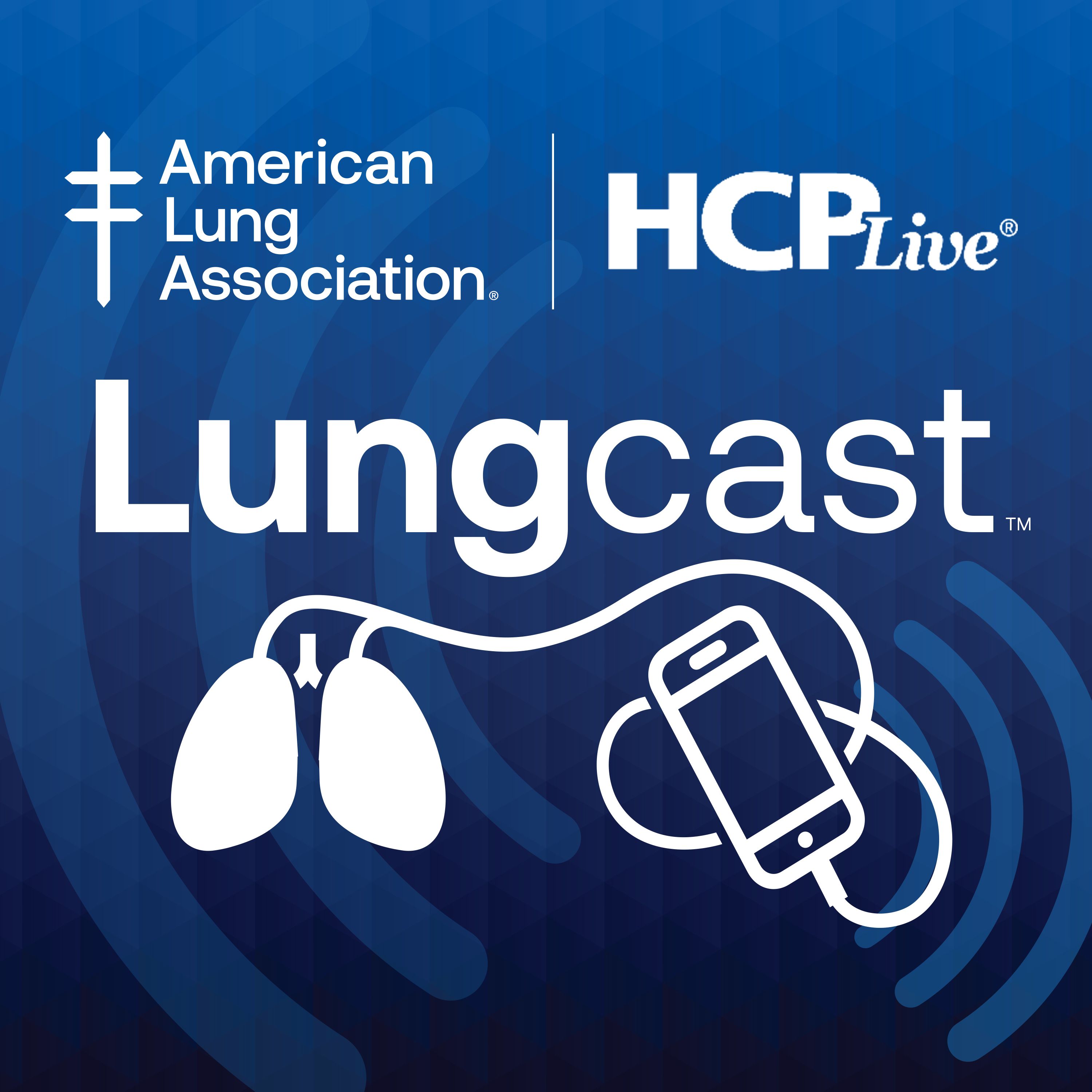Article
Telemedicine Improves Access to Care for Insomnia Patients
Author(s):
The results of meta-analysis showed that telemedicine methods were more effective in treating chronic insomnia than in-person methods.
Amir Sharafkhaneh, MD, PhD

A new investigation from Texas into telemedicine in sleep care found that the practice accelerated access to sleep services in patients with insomnia and improved upon the efficiency of health services regarding time and cost.
In recent years, telemedicine has become a new and effective method in managing public health challenges in addition to improving health care access and reducing healthcare costs.
Insomnia is a sleep condition that affects approximately 33-50% of the adult population in the United States. Though it can be managed with cognitive behavioral therapy, access to therapy can be problematic.
Investigators led by Amir Sharafkhaneh, MD, PhD, Baylor College of Medicine, Houston, assessed whether telemedicine could be as effective as traditional in-person sleep medicine service for the diagnosis, follow-up, and treatment of insomnia.
The Methods
In their systematic review, Sharafkhaneh and colleagues collected data from studies related to telemedicine and insomnia. The studies were identified and selected using keywords including telemedicine, insomnia, sleep disorder, treatment, and non-pharmacological treatment.
International databases including Embase, ProQuest, ScienceDirect, Scopus, PubMed, and Web of Science (WoS), and Google Scholar were searched without a lower time limit until July 12, 2021.
The identified research question was "can telemedicine be as effective as traditional in person sleep medicine services to diagnose, follow up and treat insomnia?"
From there, data were analyzed within the Comprehensive Meta-Analysis (version 2) software and the significance level of the test was considered P<0.05.
The Findings
In the first phase of the review, 676 articles were found, and 217 duplicates were omitted. After various deletions, a total of 16 related studies entered the systematic review and meta-analysis process.
The studies examined different populations, the highest sample being 214 patients. In most cases, people over the age of 18 were examined. In 5 studies, patients with primary insomnia were examined, with no underlying disease seen in participants.
In 3 different studies, the study sample was among veterans with PTSD, while 2 studies evaluated insomnia in breast cancer patients and 2 studies examined older patients with depression.
The meta-analysis was performed on 2 studies.
Based on the results, investigators observed that CBTI interventions based on telemedicine had a greater effect on improving chronic insomnia than face-to-face CBTI with an average difference of 2.05 ±0.66 based on the random effects model.
Moreover, the difference between the mean in the telemedicine intervention group and the non-intervention group was 0.65 ±0.19, which shows the positive effect of the telemedicine intervention.
"The results of meta-analysis showed that telemedicine methods are more effective in treating chronic insomnia than face-to-face methods,” the team wrote. “Therefore, the treatment of insomnia using tele-medicine methods should receive further attention. These methods are very useful in critical situations such as the COVID-19 pandemic and in areas where specialized facilities are not available for face-to-face visits.”
The study,"Telemedicine and insomnia: a comprehensive systematic review and meta-analysis," was published online in Sleep Medicine.





